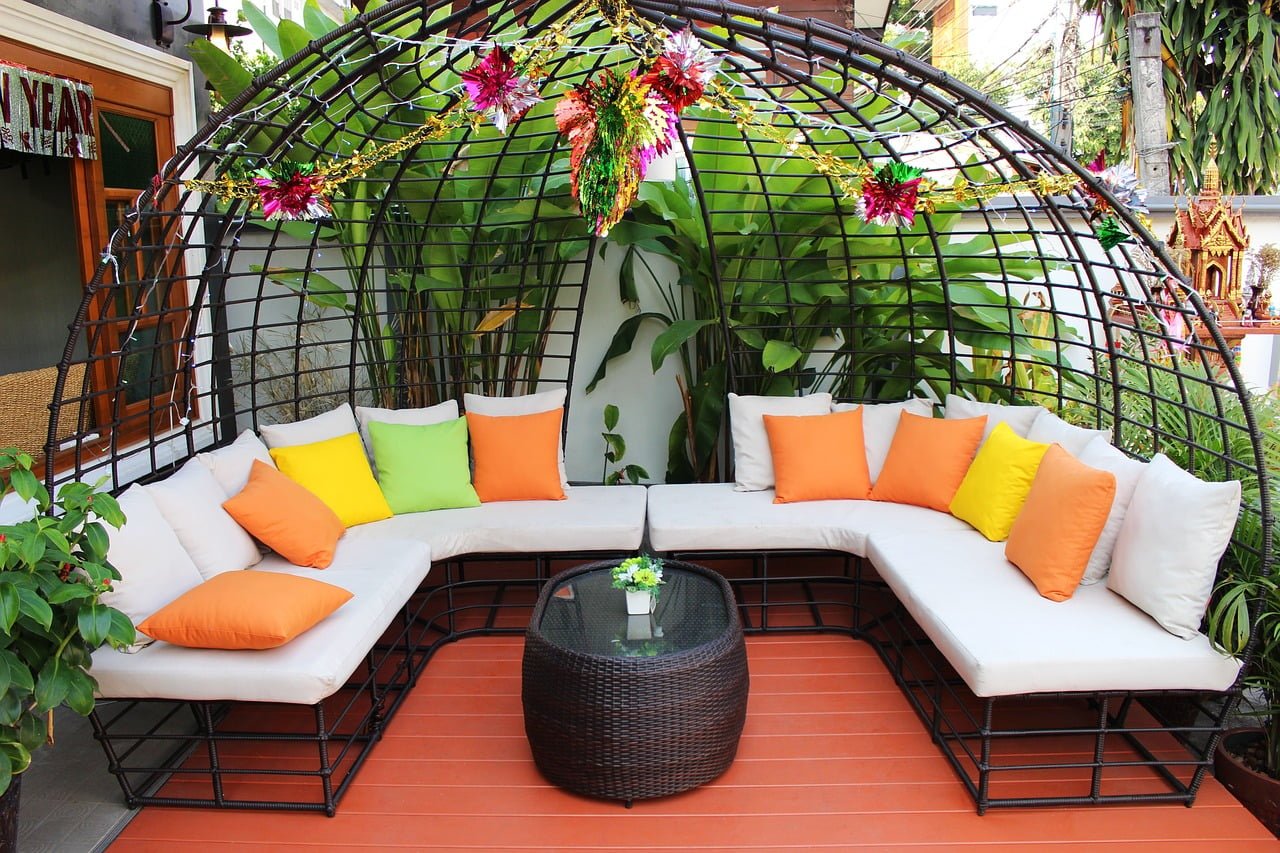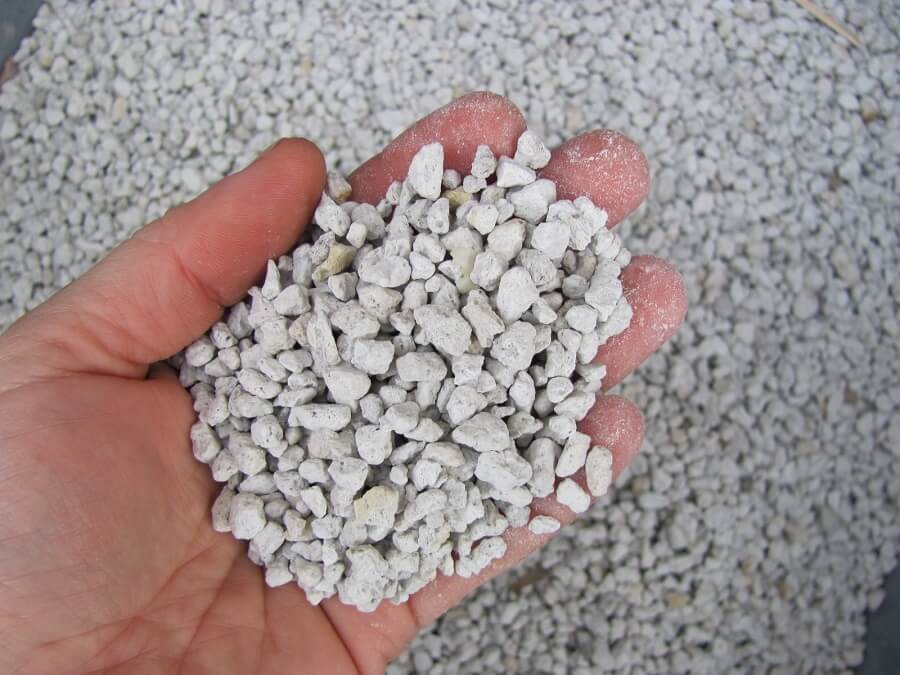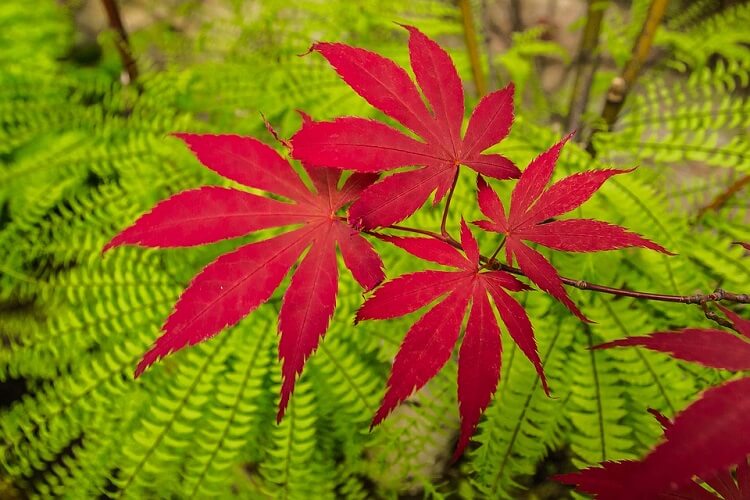Are you considering stocking your pond with fish or aquatic plants but unsure about the costs involved? It’s crucial to have a clear understanding of the pond stocking costs before embarking on this venture.
Stocking a pond is not just about adding life to the water; it requires careful evaluation of cost-effectiveness. On average, the cost of fish production and transport for stocking a pond can vary between $56,702 and $103,647 per year, with an average cost of $86,646 per year.
Evaluating the cost-effectiveness of a fish stocking program ensures that it provides a good return on investment. To estimate the recreational value of your stocked pond, the travel cost method can be used. This method helps determine the benefits of stocking a pond and its potential economic and social impact.
Stay tuned to uncover more insights about private pond stockings, factors influencing the choice of species, and tips for successful pond stocking.
Factors Influencing Private Pond Stockings
In recent years, the number of private pond stocking applications in Maine has shown a decline. However, it is still important to understand the factors that influence private pond stockings. One significant trend in applications is the preference for coldwater species such as brook trout and rainbow trout, which are stocked more frequently than warm/coolwater species.
Private ponds in Fisheries Management Region B, for example, have an average size of about 0.50 acres and are primarily stocked with rainbow trout. When it comes to water sources, groundwater is the most common choice for private ponds, followed by small streams.
It is crucial to correctly identify and verify the presence of outlets in private ponds. This helps ensure proper water management and prevent potential issues related to water flow and drainage. Additionally, illegal stocking of non-indigenous, self-sustaining fish populations can have detrimental effects on native fish communities, making it essential to follow legal and ethical practices when stocking private ponds.
Understanding these factors and staying informed about the latest trends in applications can help pond owners make informed decisions when it comes to stocking their private ponds. By aligning the stocking process with the specific needs and characteristics of the pond, they can create a balanced and thriving aquatic ecosystem.
Tips for Successful Pond Stocking
To maximize food production for predator fish, it is recommended to stock forage fish first and then add LMB in the fall to ensure optimum carrying capacity of the pond.
Adding golden shiners and Northern crayfish can enhance the forage base and provide additional habitat for sport fish.
Monitoring water quality parameters, ensuring proper habitat, and practicing proper harvest techniques are essential for successful pond stocking.
Genetic selection is crucial for achieving and maintaining a big fish fishery, and stocking only female LMB can help maximize growth potential.
Staying informed about new techniques and advancements in pond management is important for achieving desired results.
Is Pond Stocking Necessary for a Koi Pond and What Are the Costs Associated with it?
Having the right koi pond cost essentials is crucial for creating a thriving aquatic environment. Pond stocking is necessary for a koi pond to maintain a healthy balance and vibrant ecosystem. The costs associated with pond stocking can vary depending on the size and type of fish, but it is an essential investment for the overall well-being of the pond.
Conclusion
Evaluating the cost-effectiveness of pond stocking programs is essential for fisheries managers to make informed decisions about allocating resources. Understanding the financial implications of fish stocking helps ensure a sustainable and efficient approach to managing fish populations in ponds. By assessing the cost-effectiveness, managers can determine whether the benefits derived from the stocking program justify the associated expenses.
Private pond stockings can have a significant impact on native fish communities. It is crucial to follow proper permitting processes to minimize risks and prevent the introduction of non-indigenous species that can harm the ecosystem. The responsible management of private ponds, including adhering to regulations and guidelines, helps protect the natural balance and biodiversity of local fish populations.
To successfully manage a fishery, maximizing food production, creating adequate habitat, and maintaining water quality are crucial. Providing a balanced and diverse ecosystem not only supports the growth and health of fish but also attracts sport fish, making the fishery more enjoyable for anglers. In addition, maintaining genetic diversity through careful selection and monitoring helps ensure the long-term sustainability of the fishery.
Staying up to date with the latest research and techniques is essential for pond owners to achieve their desired goals in pond stocking. Advances in pond management practices and scientific knowledge continuously provide new insights and strategies for creating and maintaining successful fisheries. By staying informed, pond owners can make informed decisions and implement effective strategies to optimize the outcomes of their pond stocking efforts.











